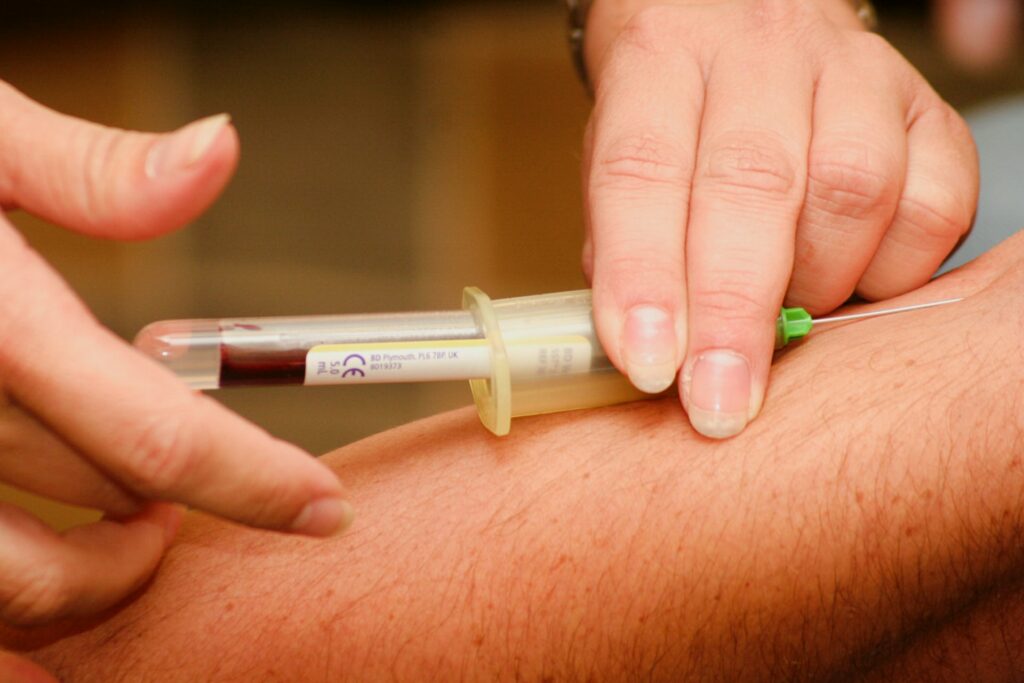
Blood transfusions save over four million lives each year, and the type of transfusion provided to a patient can affect whether or not they live.
It’s vital to learn the different types of blood and blood donations since it will help you decide how you can benefit the most people when you donate blood. Before you go to the nearest plasma donation center, make sure to learn the difference between donating blood, plasma, and platelets first.
Blood Types
Your blood type, like your height and hair color, is inherited from your parents. Antigens are specific indicators found on red blood cells that are either present or absent. Your blood type is determined by the presence of certain proteins and carbohydrates in your blood.
Blood type is significant because antigens placed in the incorrect body might induce the immune system to attack.
ABO and Rh are the two most common blood types. The ABO group includes the following blood types:
- Type A: A marker is present.
- Type B: B marker is present.
- Type AB: Both A and B markers are present.
- Type O: There are no A or B markings on this type.
Blood also either contains or lacks a protein known as the Rh factor. Blood type is designated positive (+) if it possesses Rh factor and designated negative if it lacks the Rh component (-).
The most common blood types are:
- A+: Has an A marker and Rh factor
- A-: Has an A marker and no Rh factor
- B+: Has a B marker and Rh factor
- B-: Has a B marker and no Rh factor
- AB+: Has A and B markers and Rh factor
- AB-: Has A and B markers and no Rh factor
- O+: Has no A or B markers but does have Rh factor
- O-: Has no A or B markers or Rh factor
Whole Blood Donation
Whole blood has a variety of uses. It can be utilized whole or divided into concentrated blood cells, plasma, and platelets. In trauma or surgery, whole blood is frequently utilized.
It takes around one hour to donate whole blood, and all blood types are accepted. You can donate whole blood every 56 days with no fear of any side effects or health issues in the future.
Power Red Donation
A machine separates red blood cells from plasma and platelets during a power red donation. Power red transfusions are given to a variety of people, including:
- Expectant mothers
- Newborns
- Sickle cell anemia patients
- Patients who have had a traumatic injury
The best blood types are O+, O-, A-, and B-, and a power red donation takes around 1 1/2 hours. Once every 112 days, you can make a power red donation.
Platelet Donation
You can help transplant patients and people with critical diseases by giving platelets rather than blood.
Platelets are blood cells that clump together to form clots. Platelet donation typically takes 2 ½ to 3 hours. A single platelet donation can result in numerous valuable units. The ideal blood types for donating platelets are A+, A-, B+, O+, AB+, and AB. Platelets can be donated once every seven days.
Plasma Donation
Plasma is a blood product given to persons of any blood type in an emergency. It can benefit persons with conditions like COVID-19 in some situations.
Plasma is the liquid element of blood that transports blood cells and platelets throughout the body. Plasma donation takes around 1 ¼ hour on average, and the best blood types to donate are AB+ and AB-. It is perfectly safe to donate plasma once every 28 days.
Conclusion
Thousands of individuals worldwide suffer from life-threatening conditions that make it difficult to fight infections or control bleeding. You can help someone live a healthy and happy life by contacting the nearest donation center.
thplasma is a plasma donation center driven by innovation and guided by genuine care for our donors and employees. Find the nearest center and donate today!